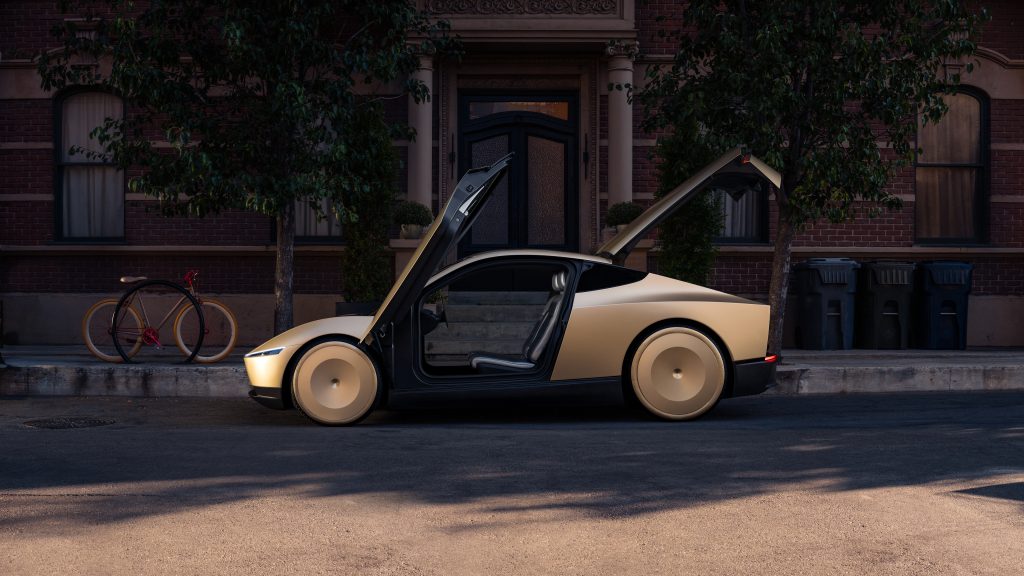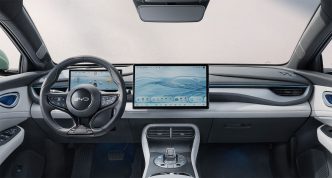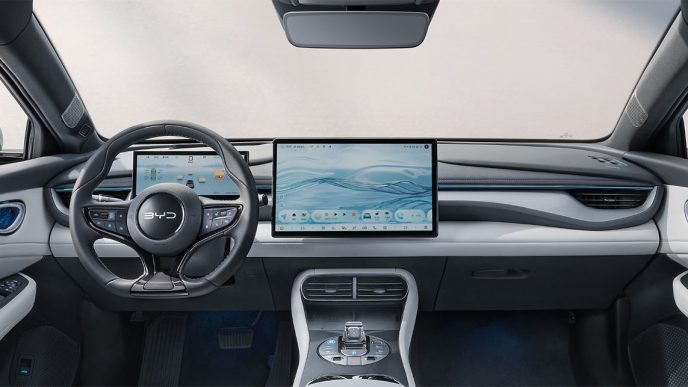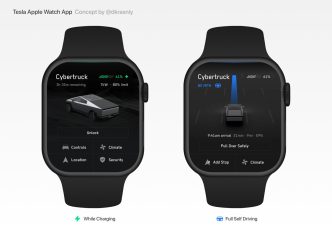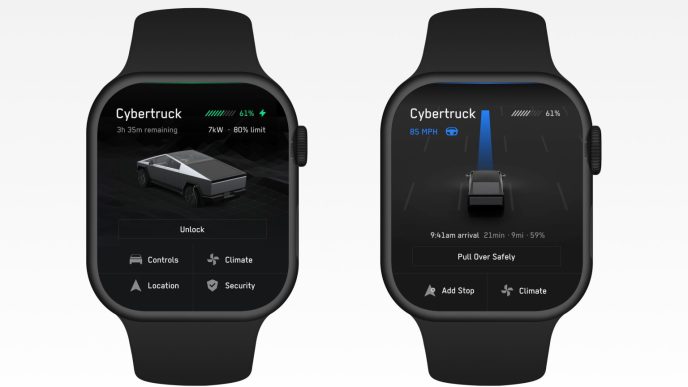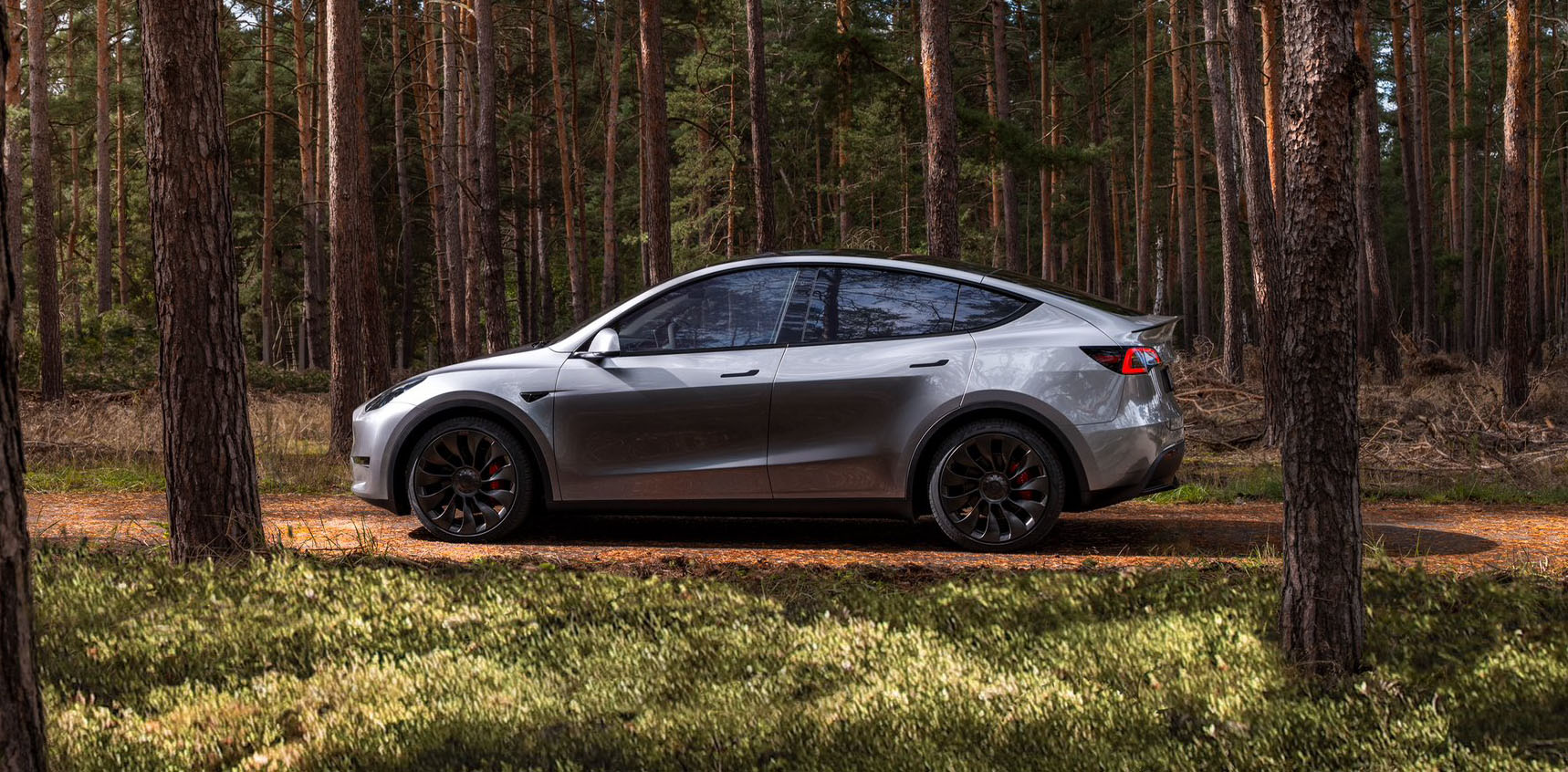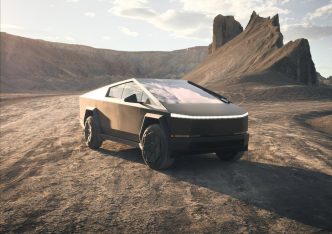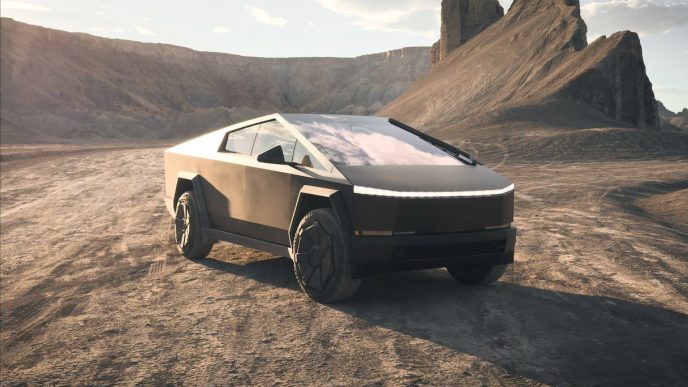During the unveiling of the Tesla Cybercab late last week, CEO Elon Musk stated that the vehicle would be produced in “very high” numbers. While this bold claim excites potential consumers, Tesla faces significant regulatory challenges before the fully autonomous vehicle can move toward production and deployment.
The Cybercab, like Tesla’s other models, utilizes the company’s vision-only autonomous driving technology. However, it is designed without a steering wheel, pedals, or any conventional driving controls. Although this design is logical for a vehicle that can operate entirely without human intervention, gaining regulatory approval for such a vehicle to be used on public roads presents a considerable obstacle.
Automakers aiming to launch vehicles without standard driving controls must obtain permission from the National Highway Traffic Safety Administration (NHTSA). General Motors previously sought an exemption to introduce a robotaxi lacking conventional controls in 2022 but abandoned the request after two years of silence from the NHTSA.
Should Tesla receive the necessary approval from the NHTSA, current regulations would limit the company to deploying only 2,500 vehicles per year without steering wheels and pedals, according to Bloomberg. This quantity falls short of Musk’s goal of operating a vast fleet of robotaxis across the United States. Bryant Walker, a law professor specializing in autonomous vehicles at the University of South Carolina, noted, “Exemptions aren’t a viable route for a mass manufacturer unless Congress increases this limit.”
Musk maintains that Tesla will begin production of the Cybercab before 2027; however, the company has not yet submitted the required NHTSA exemption request. It remains unclear whether this delay is a strategic choice or typical of Tesla’s approach, where deadlines often appear to be more like suggestions.
In addition to federal regulations, Tesla faces state-level challenges. The company currently lacks a driverless testing or deployment permit in California and may be years away from acquiring one, as it is required to provide comprehensive testing data to the state. While it may be easier to navigate regulations in states like Texas, Tesla still must demonstrate that its technology is ready for widespread use.


